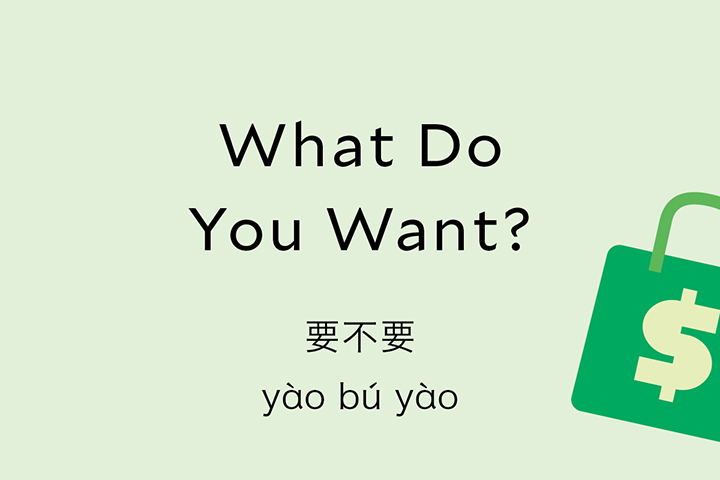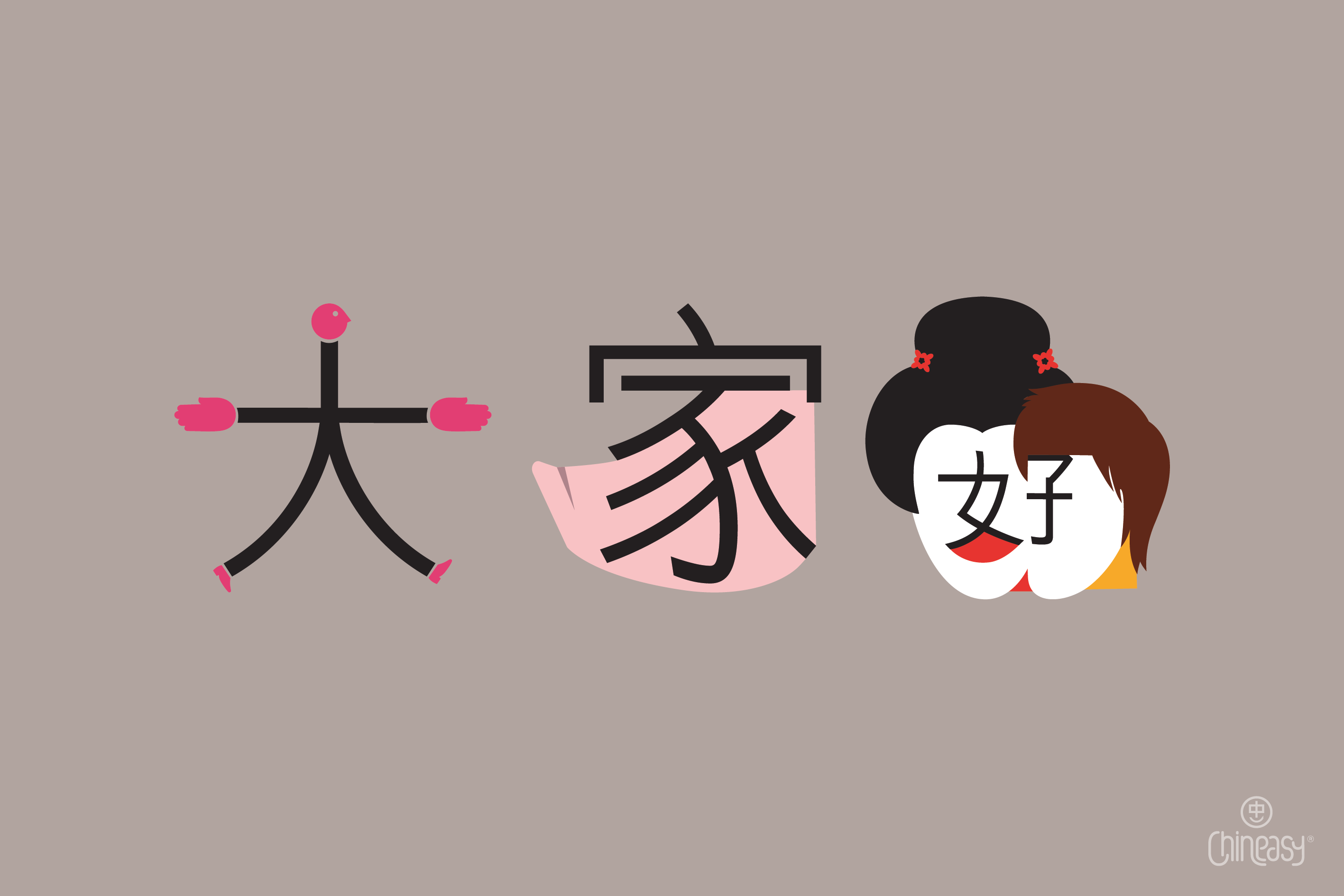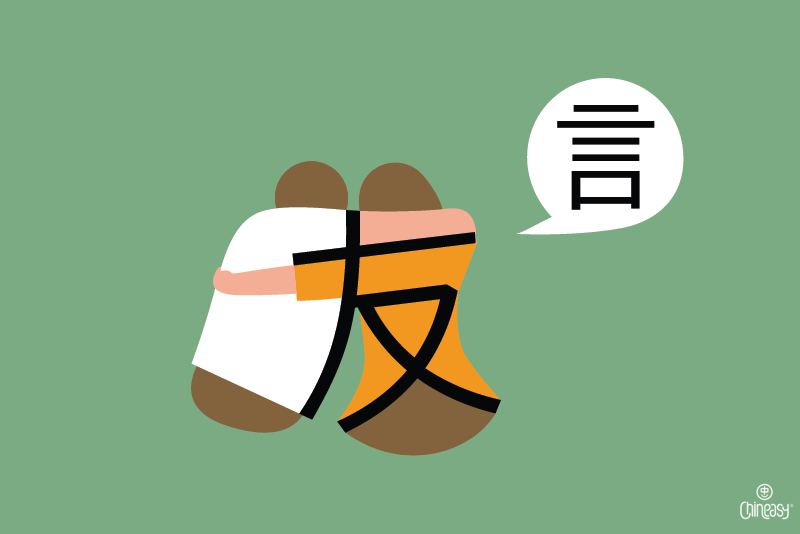To be or not to be, that is the question. In English, we communicate regularly with yes/no questions which require yes/no responses. Nevertheless, in Chinese, there is no direct translation of yes or no. This can seem very perplexing and problematic to the native English speaker, and it can initially seem like an impossible issue to overcome.
Thankfully, the solution to this problem is a simple one. Chinese is all about following patterns, and this instance is no exception. In this case, the way we overcome the yes/no issue is by identifying the verb or adjective used in the question and repeating it either positively or negatively.
To be, or not to be 是不是
是 (shì) is a common verb used in Chinese, and it typically means ‘to be’.
When used in a question, both the positive and negative forms of the verb can be used. So 是不是 (shì bú shì)? together means, ‘Is it or not?’ Or directly translated, ‘To be, or not to be?’
If you wish to answer positively, you simply respond 是 (shì) which means ‘Yes, it is’.
To answer negatively, you put the negative form, 不 (bú), in front, 不是 (bú shì), meaning ‘No, it isn’t’.
Okay, or not? 好不好
好 (hǎo) is a very common adjective used in Chinese. 好 (hǎo) means ‘good’.
So if someone asks 好不好 (hǎo bú hǎo) ?’ this translates to ‘good or not good?’ basically meaning, ‘is that okay?’
You can respond positively by repeating 好 (hǎo), or negatively, by saying 不好 (bú hǎo).

Do you want it? or not 要不要
Can you see the pattern? It’s simple! Here’s one more. 要 (yào) means ‘to want’. So you may hear the question 要不要 (yào bú yào)? This means ‘do you want it or not?’
So if you want it, say 要 (yào), if you don’t want it, you say 不要 (bú yào).
By recognizing a few commonly-used verbs or adjectives and knowing the negative form 不 (bú/bù), you have all the tools you need to answer many types of yes/no style questions in Chinese. Either by responding positively, with just the verb, or negatively by placing 不 (bú/bù) in front of the verb.
To take your learning further, why not check out our following podcast lessonn? how to approach these yes/no questions in Chinese.




